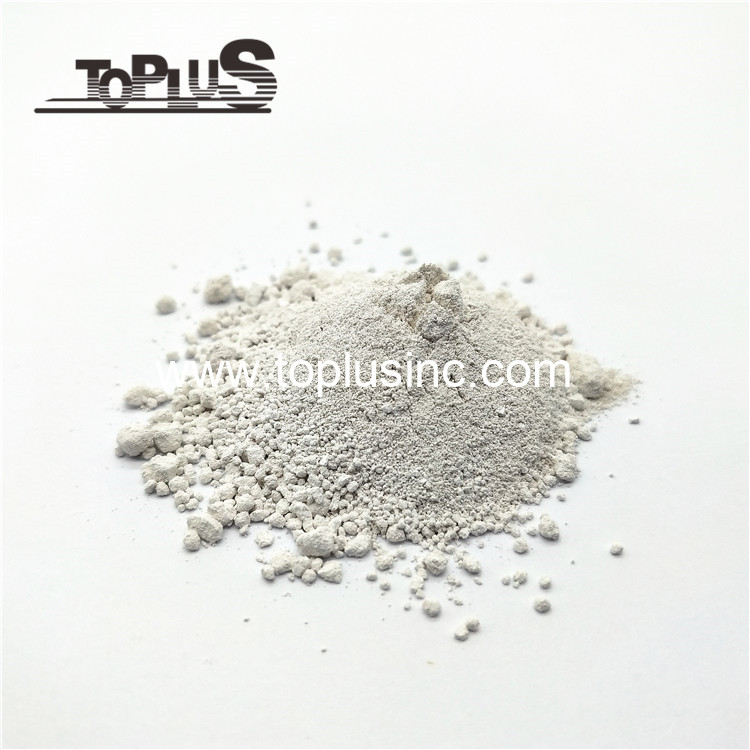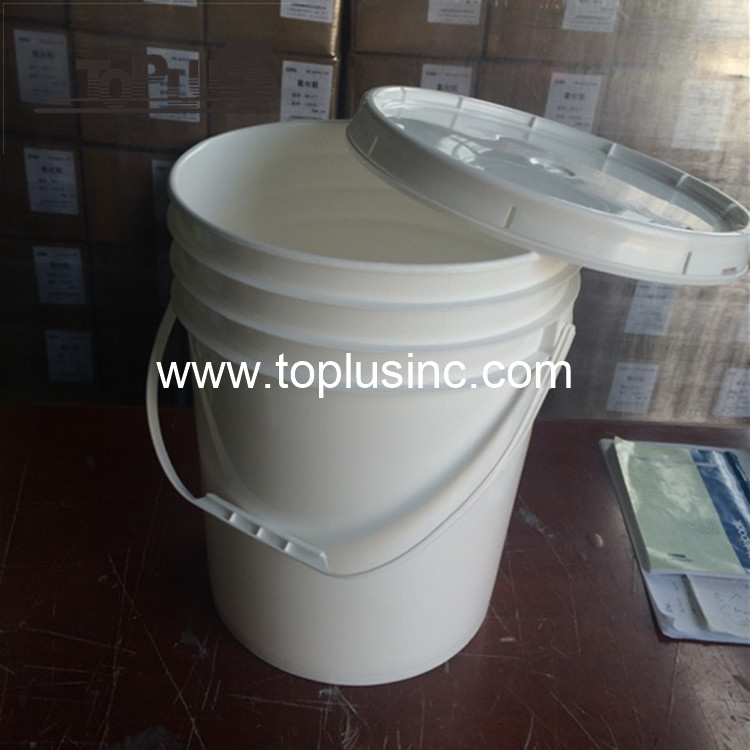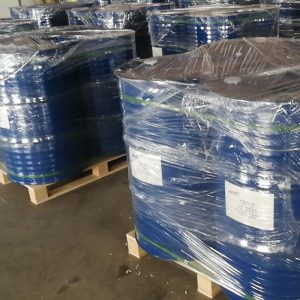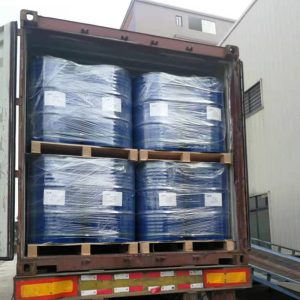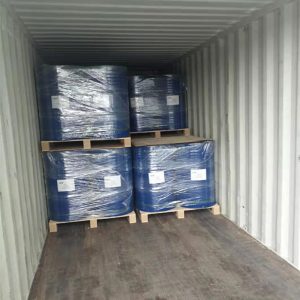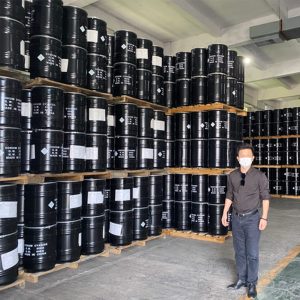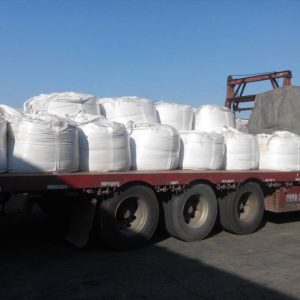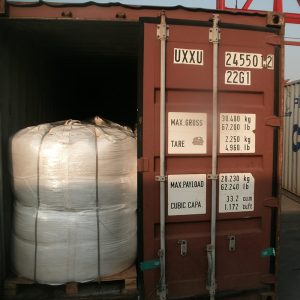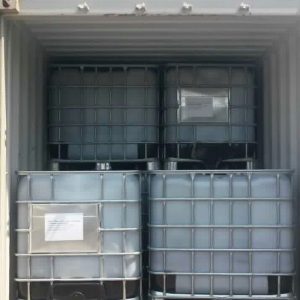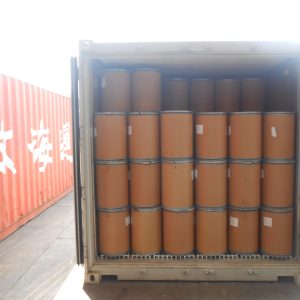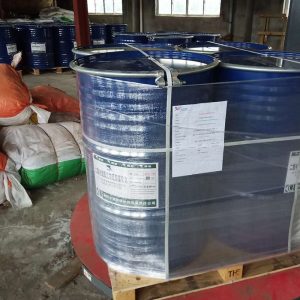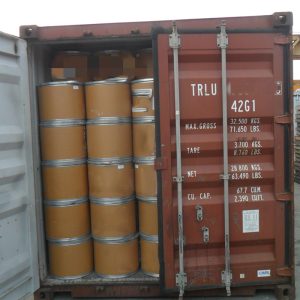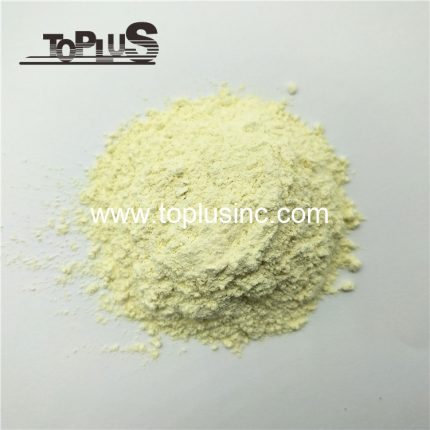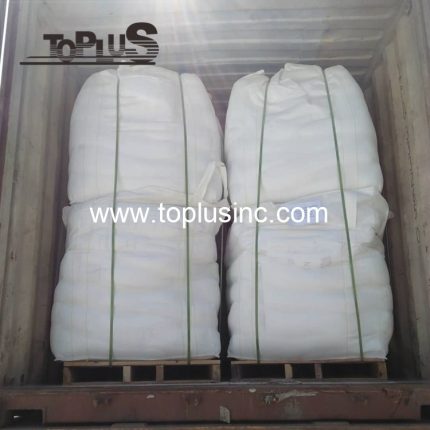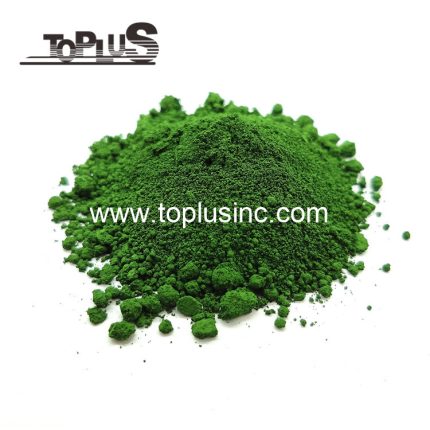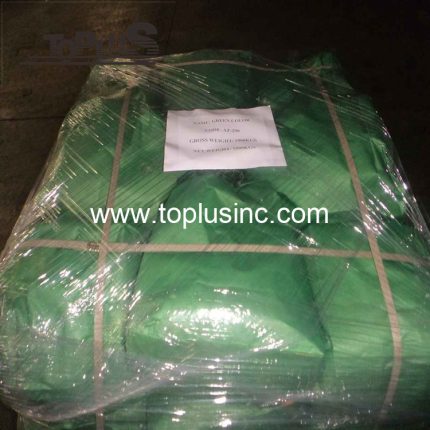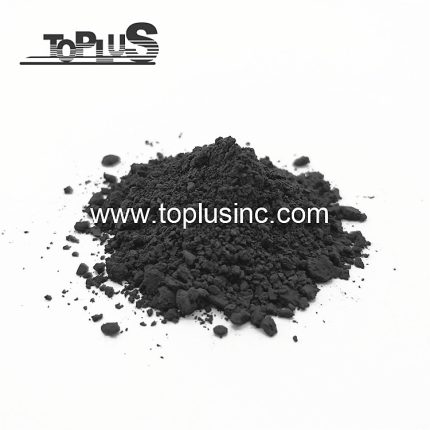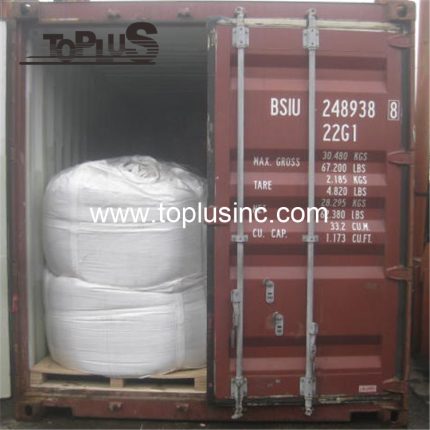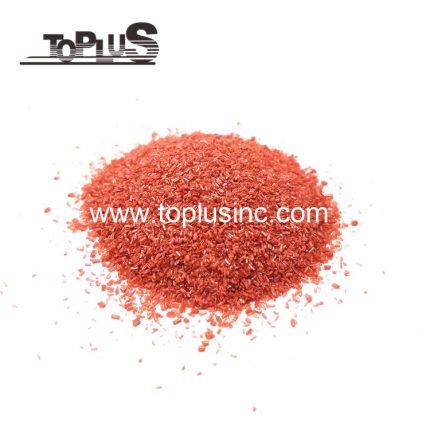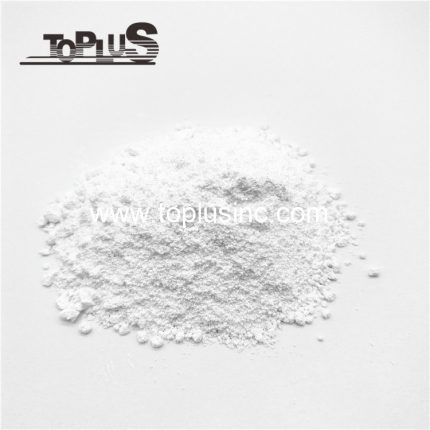Stannic Oxide
PRODUCT DESCRIPTION
Molecular Formula:
SnO2Purity:
99%min.Cas No.:
18282-10-5Einecs No.:
242-159-0Synonym:
Tin Oxide (SnO2), Stannic Oxide, Tin(IV) Oxide, Stannic DioxideImages:
Description
Stannic Oxide, also known as Tin Oxide, Tin Dioxide, is an inorganic substance. The Stannic Oxide formula is SnO2, which is white, light yellow, or light gray tetragonal, hexagonal, or orthorhombic powder. The melting point is 1630°C, and the boiling point is 1800°C. Tin Oxide density is 6.95 g/mL at 25 °C.
Uses of Tin Oxide:
– For example: In enamels and electromagnetic materials usually uses Tin Oxide. In manufacturing opal glass, tin salts, porcelain colorants, fabric mordants, and weighting agents are also traditionally used.
– Tin Oxide act as a polishing powder, sometimes mixed with lead oxide, to polish glass, jewelry, marble, and silverware.
– Stannic Oxide is a vital semiconductor sensor material, and the gas sensor prepared with it has high sensitivity. Therefore, it’s popular in detecting combustible gases, environmental pollution, and industrial waste gases. The humidity sensor made of Stannic Oxide as the base material can improve the indoor environment, precision instrument equipment room, library, art gallery, museum, etc.
– Tin Dioxide has good permeability to visible light, excellent chemical stability in aqueous solution, specific electrical conductivity, and infrared radiation reflection properties. Therefore, it is also widely used in lithium batteries, solar cells, liquid crystal displays, optoelectronic devices, transparent conductive electrodes, anti-infrared detection protection, and other fields.
Request a Quote
Download product spec
I consent to the processing of personal data and agree with the user agreement and privacy policy

 Agricultural Materials
Agricultural Materials Ceramics Materials
Ceramics Materials Electronic Materials
Electronic Materials Metallurgy Materials
Metallurgy Materials New Energy Materials
New Energy Materials Petrochemical Materials
Petrochemical Materials Surface Treatment
Surface Treatment